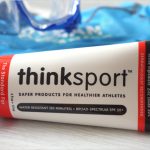
6 common questions on sunscreens answered
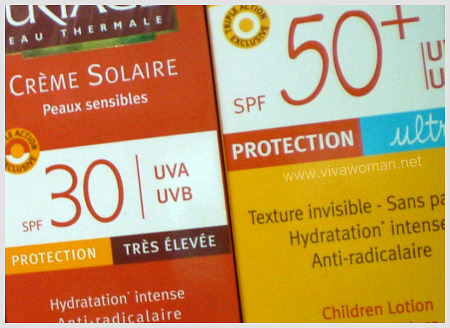
Today marks the total solar eclipse of the sun and I want to blog about a totally appropriate topic – SUNSCREEN! It so happened that I’ve been getting some questions about sunscreens and I thought I’ll address some of the common misconceptions here. There are lots of myths but I’ll address six here today.
1. Combine products and get higher SPF?
Many people think that they will get a higher level of protection if they combine sun protection products with different SPF ratings. So say if you apply a SPF8 foundation, SPF15 moisturizer, then SPF30 sunscreen, you’re going to get a total of 53? Well, no. In effect, you will only be protected to the level of the highest SPF product, that is SPF30 – provided you apply enough of it.
Bottom line: Ensure your sunscreen offers broad spectrum protection!
2. Mix sunscreen with a lotion for better application?
Mixing a greasy sunscreen with a moisturizer or lotion so as to get the best of both world sounds like a good idea doesn’t it? Well, no because you’re actually diluting the power of your sunscreen by at least 50% or more and you’ll need to apply twice the amount of lotion to get back the level of SPF. (source)
Bottom line: Use your sunscreen neat and don’t mix in with your lotion!
3. SPF100 is twice as good as SPF50?
A common misconception is that the higher the SPF number the better. However an SPF100 sunscreen is not going to offer you double the protection of SPF50. SPF50 filters 98% of the the UVB rays while SPF100 filters out 99% of the UVB rays. The difference is only 1%. In addition, SPF only refers to the ability of a sunscreen to block ultraviolet B (UVB) rays, which cause sunburns, but not UVA rays, which are more closely linked to deeper skin damage. In fact, the next point will tell you why you want to avoid sunscreens with high SPF rating especially if you’re not applying enough.
Bottom line: No need to chase the SPF number!
4. All right to under-apply if the SPF is high?
Most assume that it is better to get a sunscreen with a high SPF because if you under-apply sunscreen with a high SPF, you’ll probably still get half the SPF protection. So say if you get a sunscreen with SPF70, and if you under-apply, you’ll still get an SPF of 35 right? Well, not so. According to a 2007 study published by the British Journal of Dermatology, under-application make SPF coverage fall much more steeply. In fact, the higher the SPF, the more rapid the drop that comes with under-application. So with an SPF70, you’ll only get SPF8.4 if you’re not applying enough (source) and a sunscreen with an SPF of 50 applied at 0.5 mg/cm2 yields an SPF of only 2.7 (source).
Bottom line: Apply enough sunscreen!
5. Get protection from using makeup with SPF?
Some women think that it is enough to get sun protection from using foundation or mineral powder with SPF. Well, not true. According to skin guru Dr Leslie Baumann, you’ll have to apply 14 times the amount of powder you usually do to be sufficiently protected against the sun! Even if you were willing to cake on your makeup, there’s no way to pile on that much powder. (source)
Bottom line: Don’t rely only on your facial powder!
6. Homemade sunscreen offers safer protection?
While I’m all for DIY concoctions and homemade recipes, I’m not for making your own sunscreen because it may not be photostable. In fact, I agree with Sonya Lunder, senior analyst at Environmental Working Group that formulating sunscreens is an art and a science. According to Lunder, homemade concoctions can go on unevenly leaving portions your skin vulnerable to the sun, and some essential oils can make skin more sensitive to the sun. (source)
Bottom line: Leave it to the experts!
Please also read my older entry tips on sunscreen protection and application to find out more.
Comments
Leave a Reply
You must be logged in to post a comment.

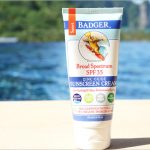









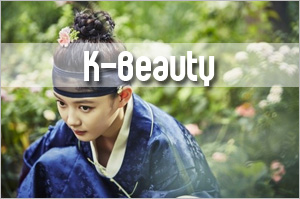
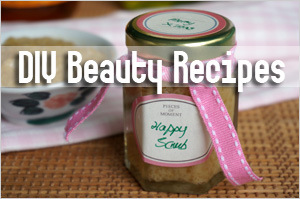
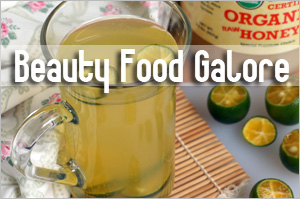
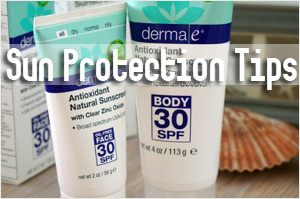
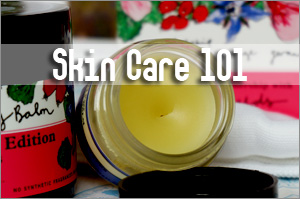
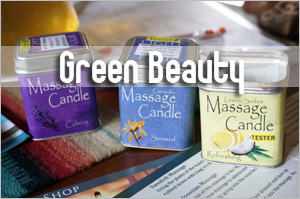
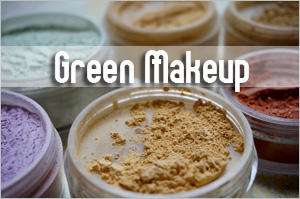
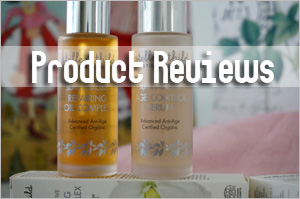
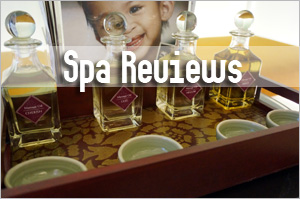
hey sesame,
I was reading your entry biore uv milk a while back, since now you have gone through so many different sunscreen bottles, do you think it is still a good sunscreen? I mean, cos for students like me, we’re on a tight budget so as much as we want to try marie-veronique the price is a bit steep. I’d love to try a broad spectrum non greasy sunscreen that doesn’t break me out. The Dr’s secret one I use is pretty decent, but it leaves a whitecast and its so greasy that I have to blot often.
Very well-written. I think it should be recommended reading for the sunscreen novice.
Would very much look forward to a follow-up piece (hint hint)on stability of sunscreen, UVA protection and other factors that people often miss out.
Good job!
thanks for all your sunscreen tips! i love them. ? i have one more question though. do you think i’m likely to under-apply or dilute my sunscreen protection when i layer products? ie. i apply a lotion, wait for it to dry a bit, then apply my sunscreen. thanks! ?
Biore UV Milk is quite good in terms of the ingredients for sun protection. It has both zinc oxide and titanium dioxide. The only thing is that I’ve moved on to use natural and organic products on my face now so that’s why I don’t use this anymore.
Thanks Flym! I’ll think about doing one focusing on the less common pointers.
If you apply your sunscreen only after your lotion has dried, then it’s not a problem. Also, wait 5 to 10 mins after applying sunscreen before you apply anything else.
Actually, if you’re using a sunscreen with mostly chemical sun protection ingredients, theoretically, it’s best to apply before lotion cos the sunscreen works from inside the skin…so it should be the first thing to apply. But if you use a sunscreen that contains physical blockers (zinc oxide and titanium dioxide), then it’s over the lotion cos it’s supposed to scatter the light. Problem with this is that we tend to apply makeup over and somehow or another, our sponge or brushes will sort of affect the cream.
There’s always a gap between how it should be and how it really is…
Thanks for another great read. However, was wondering how we’d know how much is enough? Does it differ for different sunscreens?
At least a teaspoon to each arm, leg, front of body and back of body and half a teaspoon to the face and about half a teaspoon to the neck too. Applies across for all sunscreens.
test post
If all the products that are layered on the face contains spf, would it be overloading?
You’re welcome to post your comments if you’re not just trying to promote your products or your articles.
It shouldn’t be overloading. Afterall, besides the sun protection ingredients, there are other ingredients which are also common across products. The only issue I see is that some of the ingredients could be overly drying (eg. zinc oxide or titanium dioxide) and if all the products contain them then it could cause some problems. Or with chemical ingredients, then it means we’re absorbing more of them.
I apologize. Could I post a link to my blog category on sunscreen that also contains lots of free informative posts on the topic?
Conventional (not micronized) zinc oxide ointments, whether homemade or store-bought, remains the safest and cheapest sunscreen. Photostability is an issue with chemical sunscreen ingredients: avobenzone is not photostable, zinc oxide is. Formulating sunscreen (and skin care for that matter) is as much an art and science as homecooking. There are variations but it does not mean it is of lower quality. As for an even application, no matter how consistent the sunscreen is made, it is still up to the consumer to apply an even coat all the time – unlikely. Think of all the times you’ve missed a spot here and there. Basic zinc oxide ointment and practicing sun awareness is how our grandparents approached sun protection before all the sunscreen craze began several decades ago. To understand why it is still the most practical approach, take a look at the current state of the industry – regulations, testing methods, etc… You will realize that not even the experts agree on a standard. Why? Because sun protection is not an exact science. It never was – until four decades ago – in the modern world. Knowing what I know about commercial sunscreen products, I choose the alternative. You don’t even have to make your own. You can effectively use plain zinc oxide ointments so long as there are no other active ingredients.
I always apply sunscreen after my moisturizer – I wait for my moisturizer to dry and after I’ve applied my sunscreen, I let it sit for 20 mins or so then continue with my makeup.
Number 1 & 2 totally applies for my friend. She always does it even after I tell her it doesn’t work that way. So stubborn, lol.
Great article as always Sesame!
Oh,I love this article Sesame! Thank you so much ?
Thank you for sharing the information and you could be right. Many points you put down definitely make sense. However, many of us are not adept with making such lotions of our own. In certain cases, these ingredients are not readily available to us.
I’ve tried using zinc oxide powder but I would not use it on its own. Hence, I prefer to leave it to the experts rather than promote homemade sunscreens. But it’s definitely fine say if someone prefers his/her own homemade recipe and is confident that it is good enough.
I do agree with the chemical ingredients. That’s why I only go for those with zinc oxide. But chemical sunscreens from Europe containing Mexoryl and Tinosorb are rather superior.
Anyway, these day I prefer to work on two levels – internal protection by taking sun protection pills and also external application. That gives me peace of mind.
That’s good that you have 20 mins to work on. I find that particularly hard in the mornings when I’m rushing.
Thanks for this great article – it pretty much explains and sums up all of the common myths about sunscreen out there! ?
#2 raises a question for me, though. I tend to mix my daytime moisturizer with a drop of jojoba oil… will this affect the efficacy of the sunscreen agents in the moisturizer?
It might…why don’t you apply them separately? It still render the same effect but perhaps take you longer.
I was reading your article about heliocare, the “sunscreen in a pill” and was wondering if you still use it.
I live in America and the closest I could find that was easily accesible was called the “sunpill” which still has the same fern extract, but it doesn’t mention how much of it. I was thinking of ordering heliocare online, but they only make it with the extract now, which doesn’t have the green tea and beta carotene. Is it still worth it?
Yes, I still use it. In fact, I’m beginning to rely quite a bit on it to give me peace of mind.
How come no green tea and beta carotene? Hmm…I’m not sure if it’s worth it but I think it should still work given that it’s the plant extract that provides the protection.
I want to know if you have tried or heard about Tizo3 40 SPF. Supposedly it is one of the best natural sunscreens that does not leave that white cast and oily feeling.
I think I have read it somewhere but have not checked it out. I’ll run a check on the Net later…sounds interesting.